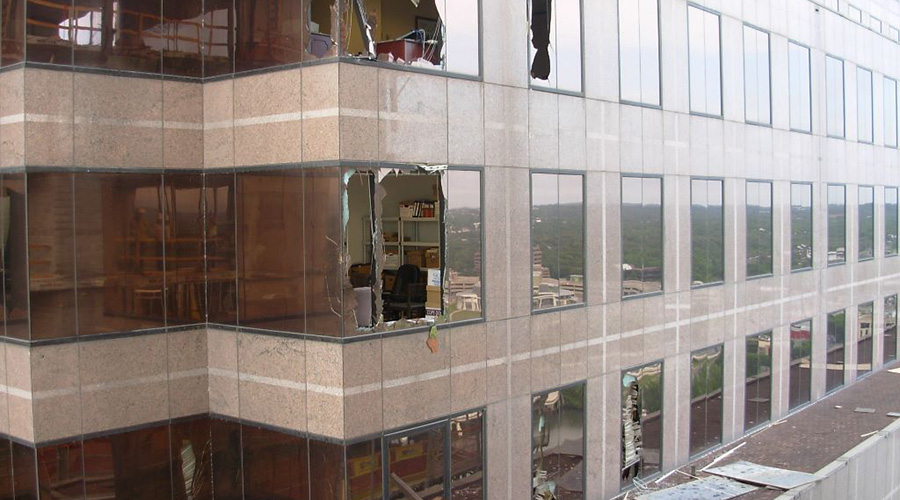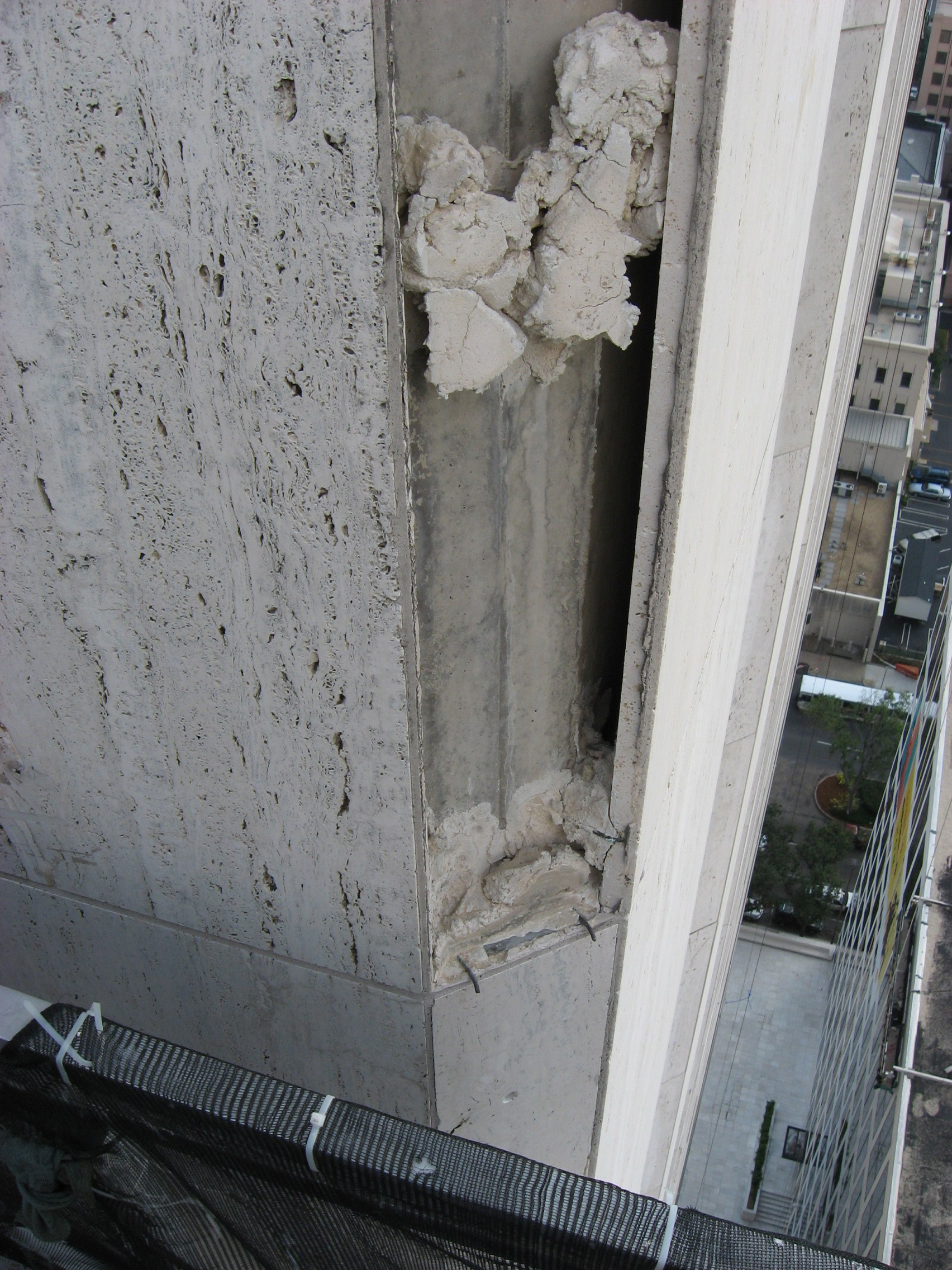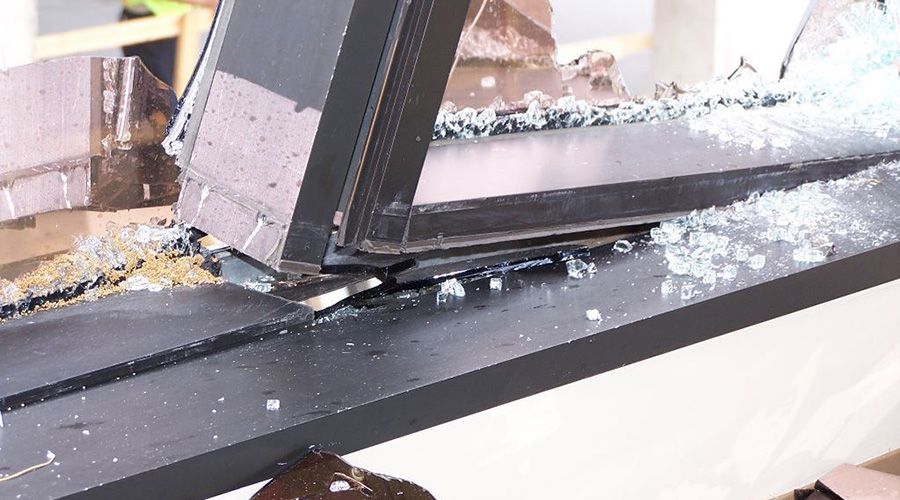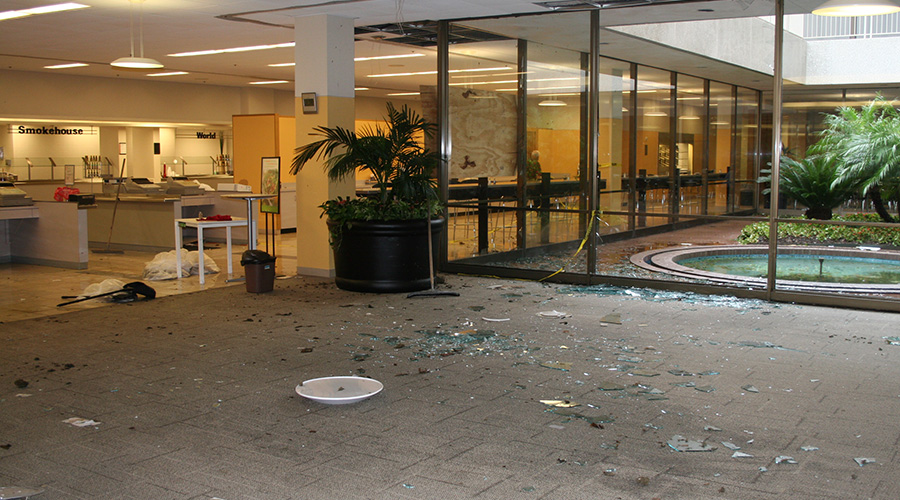When Hurricanes Strike Will Your Building Be Prepared?
When it comes to building enclosure elements, resilient design is absolutely critical.
When a hurricane strikes, the best protection for the building enclosure is resilient design and diligent upkeep. In the aftermath, the task for insurance carriers becomes distinguishing between damage caused by the storm and damage caused by deferred maintenance, poor installation, or faulty design. This is where documentation becomes critically important: records of routine, comprehensive building enclosure assessment and repair establish the condition of facades, windows, doors, roofs, and plazas before the hurricane and can be used by expert forensic design teams to establish the likely cause of damage.
For building owners and managers, this means preparing for severe weather begins long before the hurricane warning. Engaging an architect or engineer with expertise in building enclosure systems to conduct a thorough evaluation and provide recommendations for corrective action should be on every building management team’s to-do list. With proactive maintenance and meticulous records, a building is well positioned to weather the storm — and the insurance claims and repair work that may follow.
What's the cause?:

In the wake of a natural disaster, building enclosure experts evaluate subtle conditions like glazing seals, connections, terminations, and anchorage to accurately attribute the cause of the damage.
Hoffmann Architects, Inc.
Burdon of proof:
 Even when there is no question that a hurricane tore panels from a facade, building owners and managers still must demonstrate that the failure resulted from the storm event and not from lack of maintenance, age, long-term weather exposure, a faulty previous repair, or incorrect design or installation.
Even when there is no question that a hurricane tore panels from a facade, building owners and managers still must demonstrate that the failure resulted from the storm event and not from lack of maintenance, age, long-term weather exposure, a faulty previous repair, or incorrect design or installation.
Hoffmann Architects, Inc.
Protection and planning:

Exterior maintenance is especially important in hurricane zones. Windows must have sufficient strength to resist wind pressures at all points in the assembly: impact-resistant glazing, appropriate gaskets and sealant, and anchorage that accommodates high winds. As part of an annual maintenance program, inspect for cracks, loose or missing materials, and insecure components, and make repairs promptly.
Hoffmann Architects, Inc.
Under Pressure:

Even a small breach in the building envelope can lead to serious devastation as tremendous wind pressures build inside the structure. Because even small openings, such as weak sealant or doors that are not airtight, can cause a change in pressure, it is impossible to prevent pressurization completely. However, well-maintained seals, joints, and intersections can help minimize pressure differentials.
Hoffmann Architects, Inc.
Related Topics:









 Even when there is no question that a hurricane tore panels from a facade, building owners and managers still must demonstrate that the failure resulted from the storm event and not from lack of maintenance, age, long-term weather exposure, a faulty previous repair, or incorrect design or installation.
Even when there is no question that a hurricane tore panels from a facade, building owners and managers still must demonstrate that the failure resulted from the storm event and not from lack of maintenance, age, long-term weather exposure, a faulty previous repair, or incorrect design or installation.


